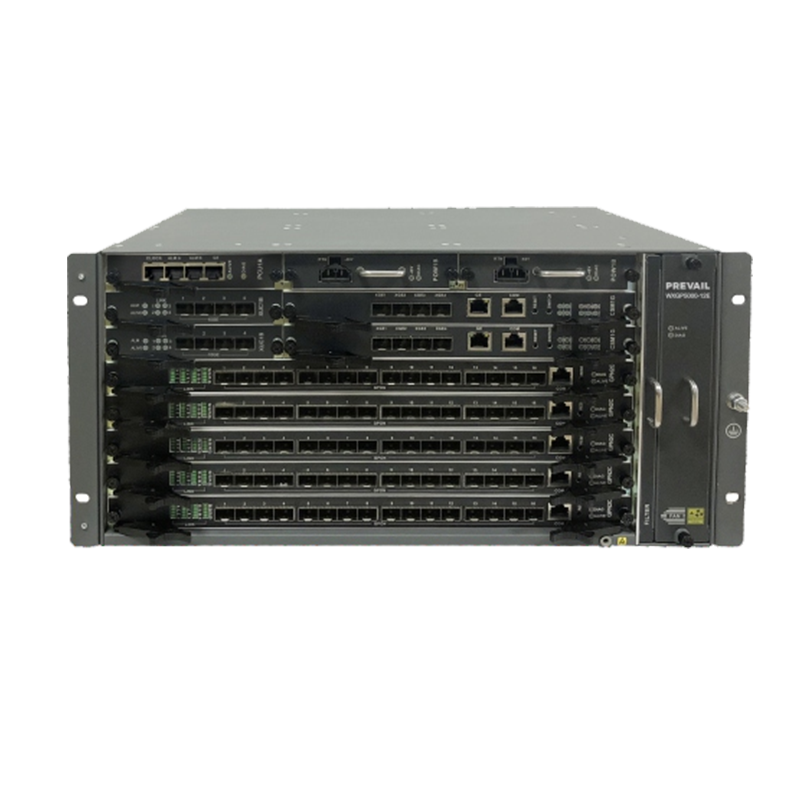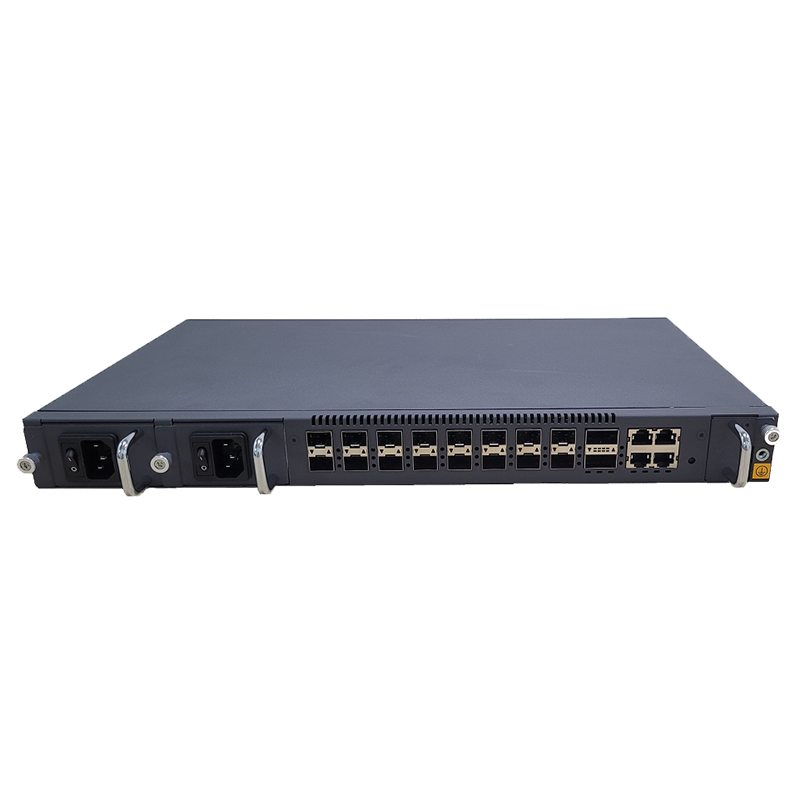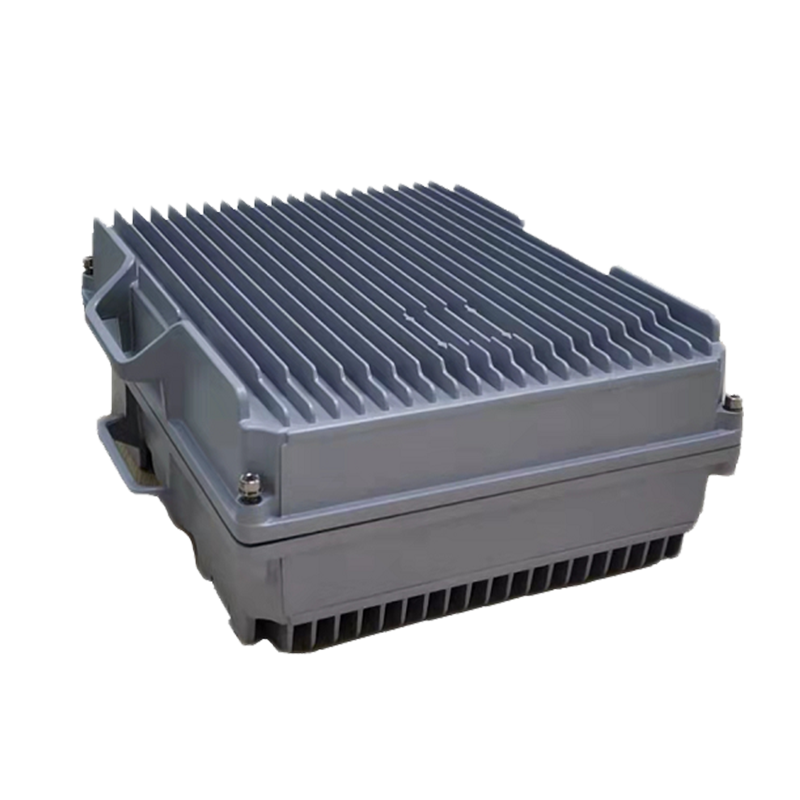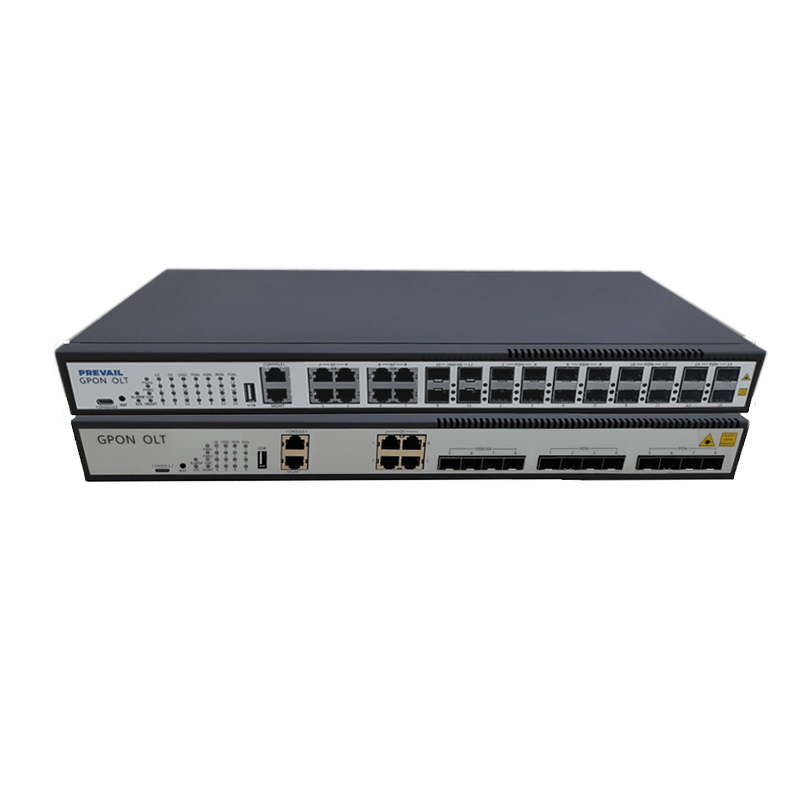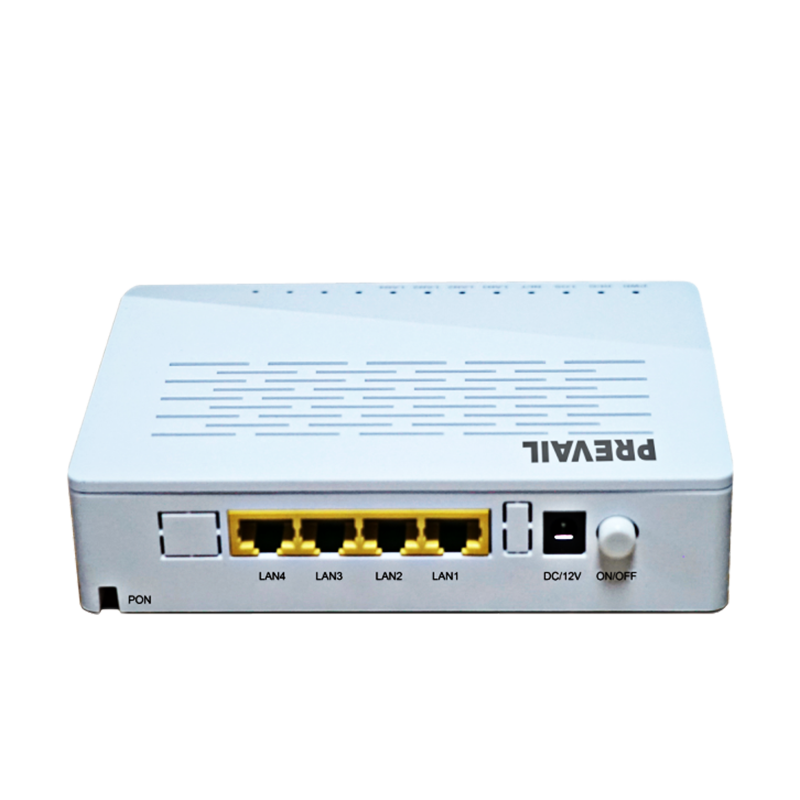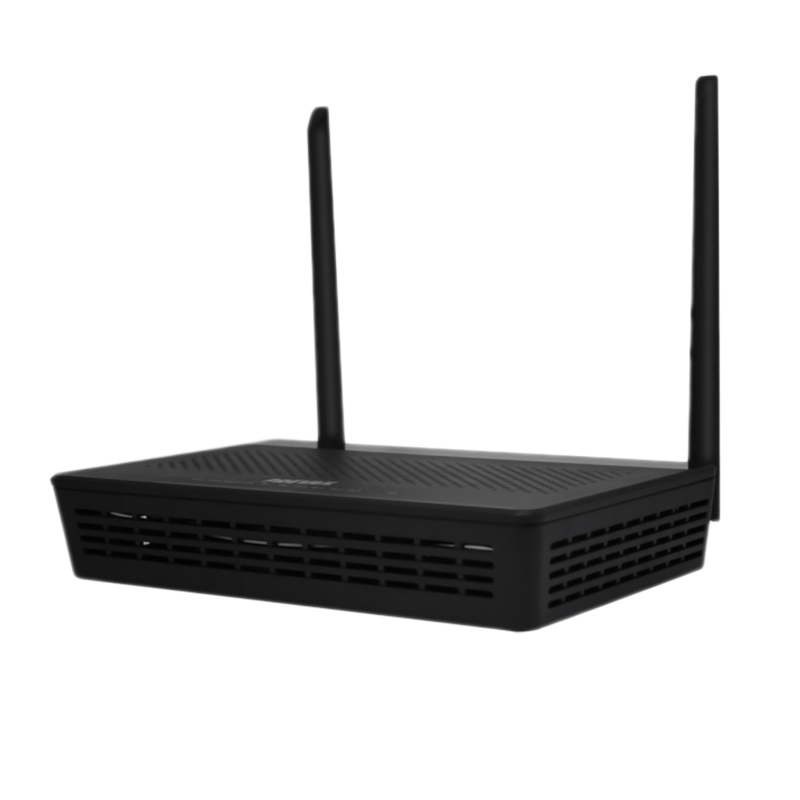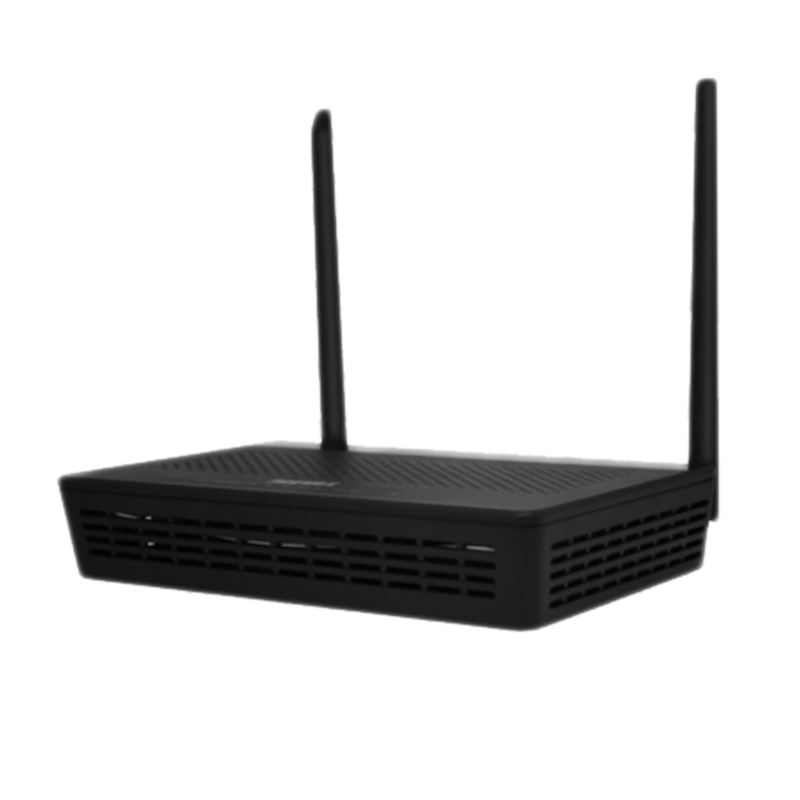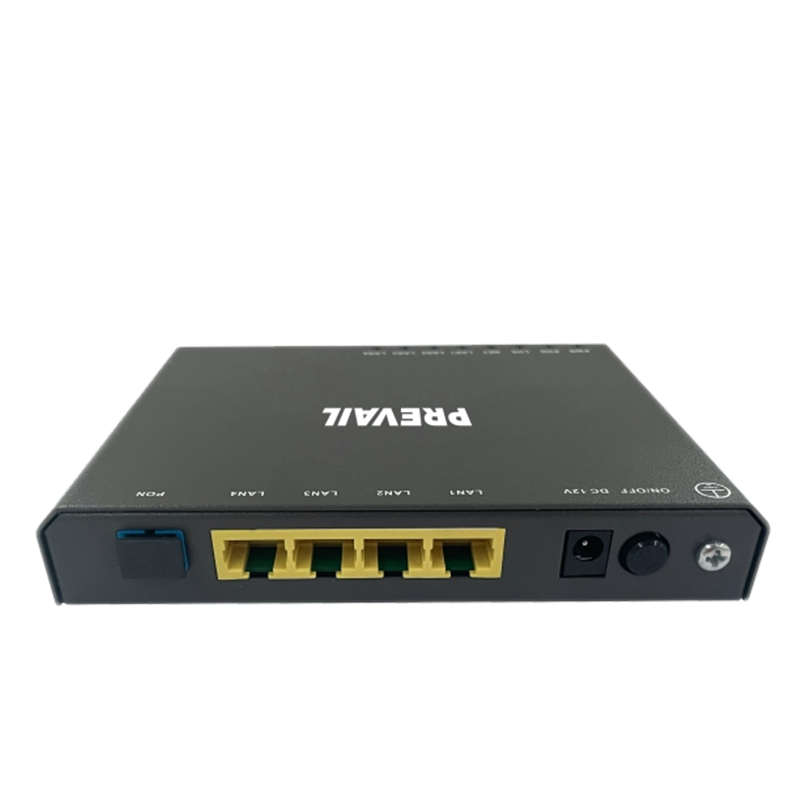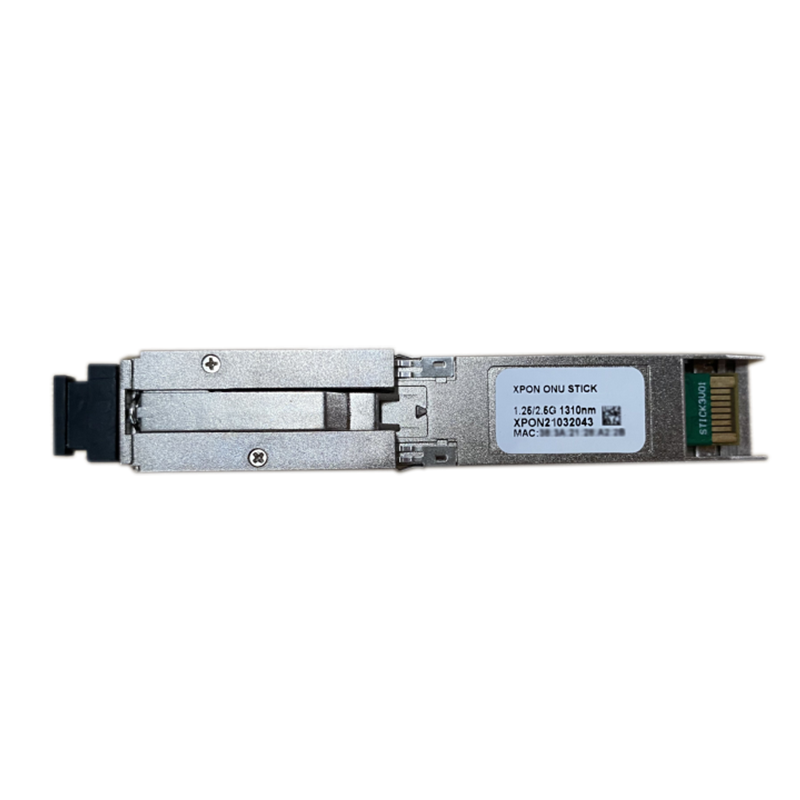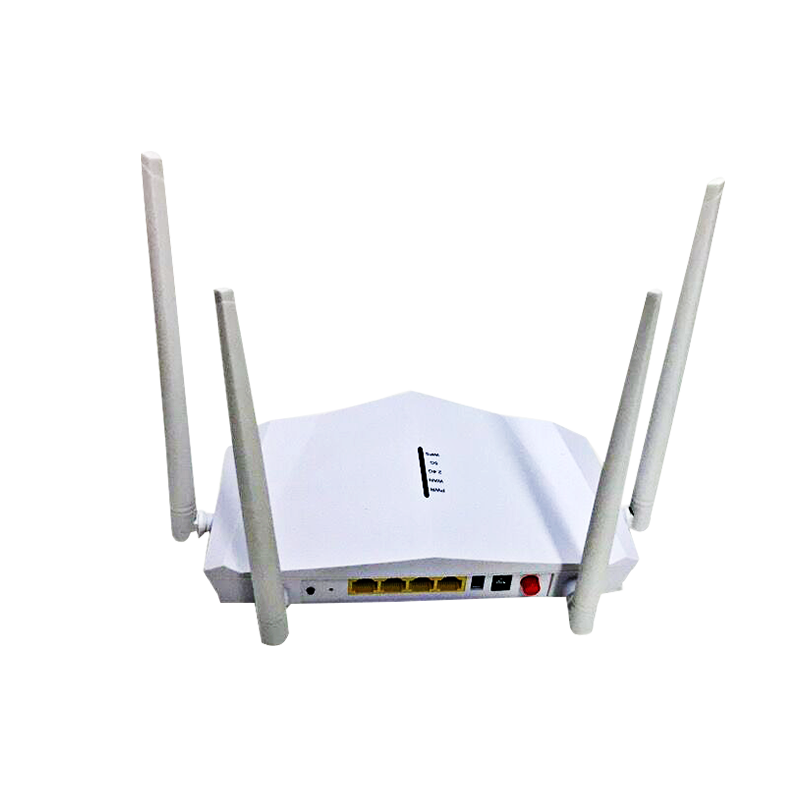1550nm Optical Transmitter: The Backbone of Modern Optical Communication
In the rapidly evolving world of telecommunications, optical communication has become a cornerstone technology, enabling high-speed data transmission over long distances with minimal loss. Among the critical components of this infrastructure, the 1550nm Optical Transmitter holds a prominent position. Its efficiency, reliability, and compatibility with modern fiber-optic systems make it indispensable in a variety of applications, ranging from internet backbones to cable television networks.
A 1550nm optical transmitter is a device that converts electrical signals into optical signals for transmission through optical fibers. The "1550nm" refers to the wavelength of the light emitted, measured in nanometers. This wavelength falls within the infrared spectrum and is especially advantageous for optical communications due to its low attenuation in optical fibers and high compatibility with erbium-doped fiber amplifiers (EDFAs).
The 1550nm wavelength is characterized by minimal signal loss during transmission. This makes it ideal for long-distance communication, reducing the need for frequent signal regeneration and minimizing operational costs.
Erbium-doped fiber amplifiers work efficiently at the 1550nm wavelength, amplifying signals without the need for electrical conversion. This feature enhances the overall system performance and supports long-haul communication.
Advanced modulation techniques, such as amplitude modulation (AM) or wavelength-division multiplexing (WDM), can be effectively integrated with 1550nm transmitters, ensuring high bandwidth and low noise.
Many 1550nm transmitters are designed with robust thermal management systems, ensuring stable performance even in varying environmental conditions. This stability is crucial for applications requiring consistent signal integrity.
The 1550nm optical transmitter is extensively used in long-distance telecommunication networks. Its ability to maintain signal strength over hundreds of kilometers makes it a preferred choice for submarine cables and terrestrial backbones.
In CATV networks, the 1550nm transmitter ensures high-quality video and audio signal delivery. Its wide bandwidth supports the simultaneous transmission of multiple channels, catering to the growing demand for high-definition content.
Modern data centers rely on optical transmitters for interconnectivity between servers and storage systems. The 1550nm wavelength provides the necessary speed and efficiency for handling vast amounts of data in real time.
Secure and reliable communication is paramount in military and aerospace applications. The 1550nm optical transmitter, with its ability to transmit high-quality signals over long distances, is integral to these mission-critical operations.

Optical transmitters at the 1550nm wavelength are increasingly used in distributed sensor networks, such as those monitoring infrastructure integrity, environmental conditions, and seismic activities.Optical fibers have their lowest attenuation around the 1550nm region, allowing data to travel farther with minimal loss compared to shorter wavelengths, such as 850nm or 1310nm.
The 1550nm wavelength is well-suited for dispersion management, reducing the distortion of signals over long distances and enhancing overall communication quality.
With the growing demand for bandwidth, the 1550nm wavelength offers scalability through WDM techniques. Multiple signals can be transmitted simultaneously on different wavelengths, utilizing the same fiber infrastructure.
The use of EDFAs eliminates the need for repeated electrical signal regeneration, reducing power consumption and operational costs.
When choosing a 1550nm optical transmitter, several factors should be considered:
Ensure the transmitter provides adequate power for the intended transmission distance.
Choose a transmitter compatible with the network's modulation requirements.
Look for transmitters with proven durability and performance in challenging environments. Verify compatibility with EDFAs and other network components.
Balance performance with budget considerations, particularly for large-scale deployments.
The 1550nm Optical Transmitter is a pivotal technology driving the expansion and enhancement of global communication networks. Its ability to deliver high-speed, low-loss data transmission over vast distances makes it an essential component in modern optical communication systems. As technology advances and demands for faster, more reliable networks grow, the role of the 1550nm optical transmitter will continue to expand, shaping the future of how we connect, communicate, and share information worldwide.





